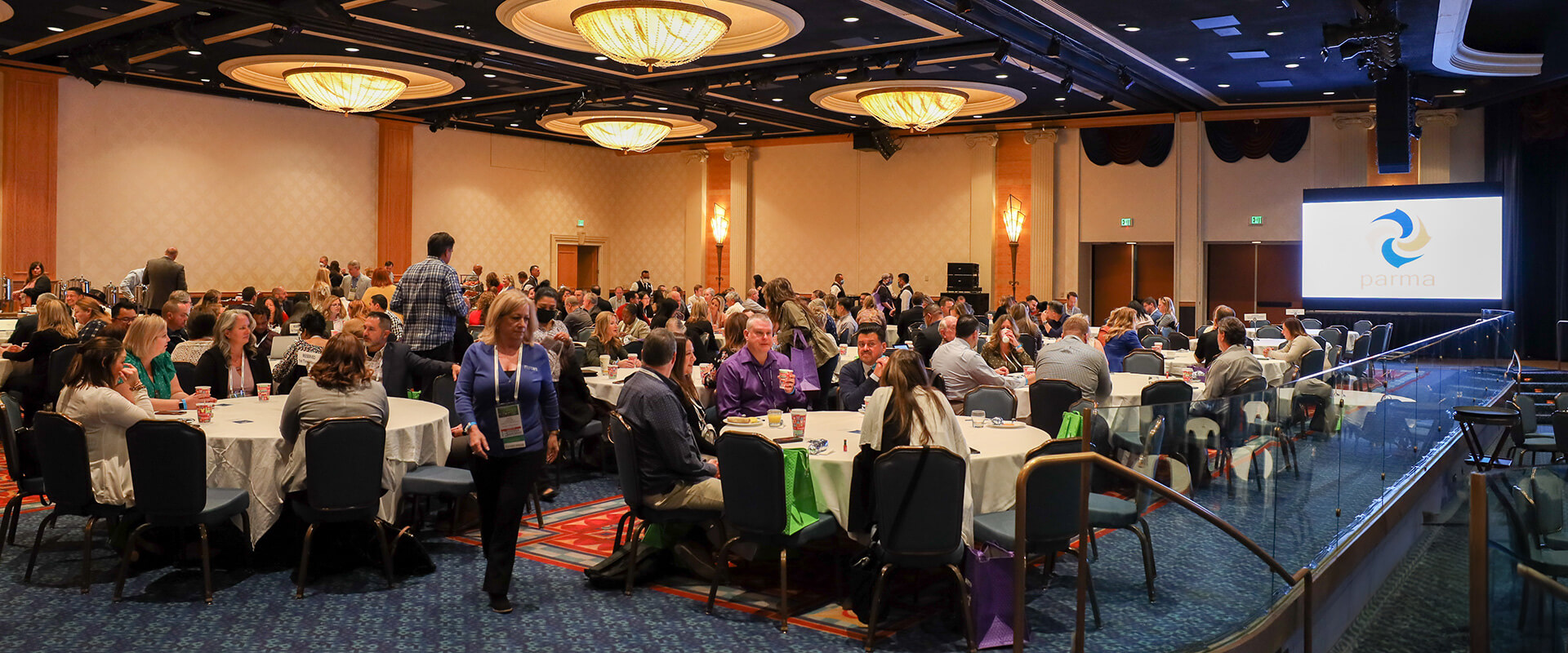(TNS) - A number of cities big and small in Southern California are taking steps to identify seismically vulnerable buildings for the first time in a generation, acting in part on the devastating images of earthquake damage in Mexico and elsewhere around the world.
“What happened last year in Mexico City, we don’t want to experience in California,” David Khorram, Long Beach’s superintendent of building and safety, said of the quake that left more than 360 people dead. “We want to be progressive.”
In hopes of mitigating the loss of life from a major quake that experts say is inevitable, Long Beach is discussing spending up to $1 million to identify as many as 5,000 potentially vulnerable buildings.











